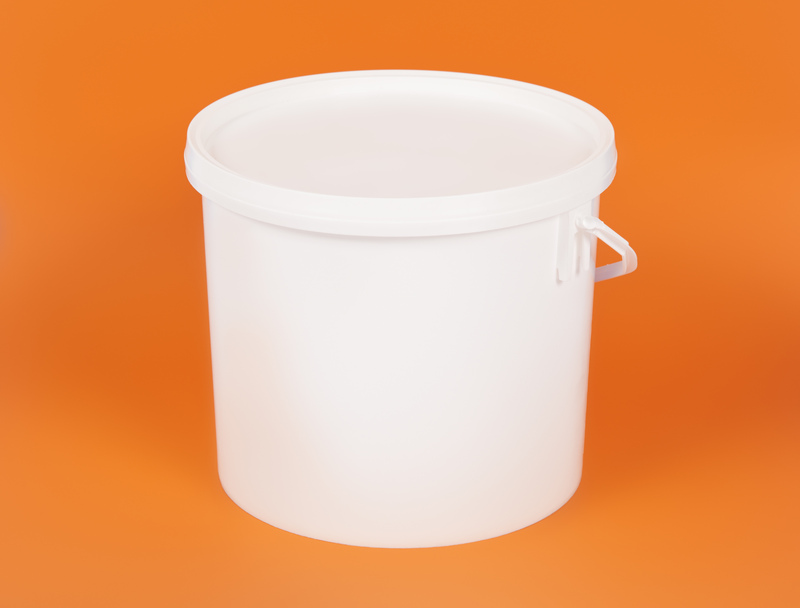Best Practices for Tyre Storage
Posted on 14/08/2025
Proper tyre storage is crucial to maintaining the lifespan and quality of your tyres. Whether you're storing seasonal tyres or simply have an extra set, effective storage can help preserve their performance and safety. This article covers all the best practices for tyre storage to ensure your tyres remain in top condition.
Choosing the Right Location
The first step in storing tyres is selecting an appropriate location. The environment in which tyres are stored plays a significant role in their longevity.
Temperature Control
Tyres should be stored in a cool, dry place. Extreme temperatures can cause the rubber to degrade, so it's best to avoid garages or sheds that aren't temperature controlled. A basement or climate-controlled storage unit is ideal.
Light and Humidity
Keep tyres away from direct sunlight and high humidity. UV rays can cause the rubber to crack, while excessive moisture can lead to mold or mildew. Use tyre bags or covers to minimize exposure to these elements.

Preparation Before Storing
To maintain the integrity of your tyres during storage, it's crucial to prepare them properly.
Cleaning
Before storing, thoroughly clean your tyres to remove dirt, grime, and brake dust. Use a tyre cleaner and a brush to scrub them clean, then rinse with water and let them dry completely. Dirt and debris can cause deterioration if left on the tyres.
Inspecting
Check for any damage or wear and tear. Repair any punctures or replace tyres that show signs of severe degradation. A complete inspection ensures you're not storing tyres that could be unsafe later on.
Storing Methods
Choosing the right storage method can make a big difference in how well your tyres hold up over time.
Vertical vs. Horizontal
If the tyres are mounted on rims, it's best to store them vertically. This minimizes stress on the tyre structure and helps maintain their shape. If the tyres are not on rims, you can stack them horizontally, but be sure to rotate the stack periodically to prevent flat spots.
Using Tyre Bags
Specially designed tyre bags can help protect your tyres. These bags keep out dust and moisture, and some even offer UV protection. Ensure the bags are airtight to maximize protection.
Additional Tips
Maintain Pressure
If your tyres are stored on rims, keep them inflated to the recommended pressure to maintain the shape and integrity.
Off the Ground
Try to store tyres off the ground to avoid exposure to moisture and pests. You can use a rack or pallets to elevate them.
Pros and Cons
Pros
- Extends the lifespan of your tyres.
- Maintains tyre performance and safety.
- Prevents damage and deformation.
Cons
- Requires space and possibly additional equipment like racks or temperature-controlled units.
- Can be inconvenient if you frequently change tyres.

Key Takeaways
- Store tyres in a cool, dry, and dark place.
- Clean and inspect tyres before storage.
- Use tyre bags for added protection.
- Consider the appropriate storage method: vertical for rims, horizontal for tyres.
- Maintain tyre pressure if stored on rims.
- Elevate tyres off the ground.
Conclusion
Proper tyre storage is essential for ensuring they remain in optimal condition. By following best practices such as choosing the right location, preparing the tyres, and selecting the appropriate storage method, you can significantly extend the life of your tyres. While it may require some effort and investment, the benefits of maintaining safe and functional tyres far outweigh the drawbacks.
Following these best practices will help you get the most out of your tyres, saving you money and enhancing your driving safety.














